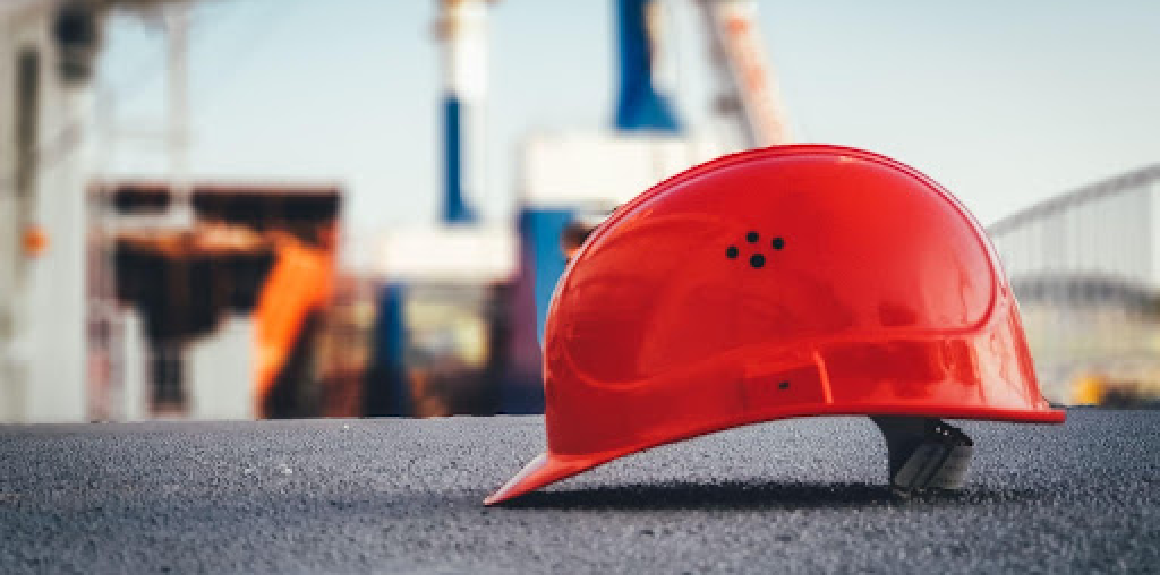As the effects of the pandemic subside and vaccination drives become more and more effective, we are set to emerge out of our work-from-home setups to get back to our offices. However, the role and purpose of offices has undergone a transformation and the introduction of hybrid models into workspace culture is steadfastly becoming the new norm.
As per Microsoft India’s Work Trend Index, 74% of Indian employees prefer flexibility and remote working options, but 73% of the employees also want more face-to-face connection with their teammates at work. A hybrid workplace is a solution that can satisfy both of these needs of employees while also increasing productivity and producing improved outcomes for your organization.
What are hybrid workplace models?
A hybrid workplace model is an arrangement for employees to work in a location-flexible fashion. With a hybrid workplace model, employees can combine onsite and offsite work as per the requirements of the day.

Source: envoy.com
Several organisations have previously employed this model to some degree. For instance, a workweek policy comprising a few office days and one or more work from home days was already prevalent in many companies. The pandemic, however, has accelerated the adoption of hybrid workplace models, with employees forced to work remotely, and organisations discovering their digital capabilities.
While there is no one size fits all approach, and the solution will continue to evolve and transform. As we learn to deal with the pandemic, it is important to be cognizant of the role industry and job roles play in the decision to return to work. While several jobs are scarcely impacted by remote working, certain jobs in the field of manufacturing, production, etc., require in-office presence. (Find out more about the factors impacting the decision to return to office here.)
To successfully develop and adopt a blended workplace model, a business needs to determine a few things, namely:
- What jobs or parts of the Job can be accomplished from remote spaces
- Which part of a particular project requires in-person presence and collaboration from employees involved
- Who benefits the most from being present in the office
- What work practices and policies will need to adapt to suit the hybrid model
- What all new investments in technology and its training to employees needs to be done for smooth functioning of the new work model
- What modifications in the office design and layout needs to be made to have right mix of individual and team spaces suiting the new work model
To put it briefly, a hybrid workplace model and its enablers is something that has to be curated keeping the unique needs of a company and its workforce in mind.
Will productivity drop with the adoption of hybrid work strategies?
A common concern when it comes to blended work is that dispersed teams cannot be as productive as co-located teams. However, studies have shown that given the right conditions, hybrid workplace models can actually increase productivity. A two-year study by Great Place to Work of more than 800,000 employees at Fortune 500 companies found that most people reported stable or even increased productivity levels after employees started working from home.

The Next Normal: Hybrid Workplaces
The role and purpose of offices have evolved with the introduction of hybrid work models. Corporate culture is also evolving with the growth of digital enterprises, and emergence of network and team-based organizations. Workplaces have progressed from mere physical avenues to collect your workforce, to places that promote the exchange of ideas, and boost collaboration, community, and creativity.
“With employers viewing the office as a place for collaboration and meaningful employee connection, the role of the workplace is shifting towards a more intentional work setting defined by its ability to bring people and teams together.” This brings in renewed requirements for office design and workplace equity – that is, balancing the experiences of both the in-office and remote employees.
A healthy workplace is significantly indicative of the overall success of your business. While traditional offices have been built around individual workstations, a hybrid workplace must focus on collaborative work zones and in-office flexibility
Max Estates: Designing the Future of Work
At Max Estates, we have adopted an agile approach to this new hybrid workplace model, and the renewed requirements that come with it. We have paid close attention to creating a unique confluence of spaces that enable collaboration, innovation and community, leading to a surge in leasing even during the Covid-19 pandemic, with reputed brands from various sectors choosing Max’s developments in a move to quality workspaces.
For instance, Max Towers in Noida, the office space is designed to address the future of work, with the highest level of air filtration and sanitation, and the integration of an al-fresco cafeteria, and amenities including open-air cricket cage, badminton court, meditation room, early learning centre, fitness hub, food and beverage outlets etc., paying homage to Max Estates’ philosophy of WorkWell. Employees here can interact and engage both with each other, and the workplace, as they return to work in the new normal.

Similarly, at Max House, in South Delhi, recreation is taken to a new level, with an open to use terrace with an herb garden, and exclusive tenant balconies for meet and greets, dedicated amenities block that will be housing F&B outlets, Gym, Creche and on demand meeting rooms and multi-purpose halls redefining conventional ideas of closed offices as the ideal location for meetings.
Located on the Noida-Greater Noida Expressway and spanning approximately 700,000 sq.ft. of leasable area, Max Square is set to house a first of its kind 10,000 sq ft central forest that seamlessly connects ‘nature with work’, allowing tenants to engage with each other amidst nature, thus enabling boosted creativity and rejuvenation.

Every office asset of Max Estates houses a unique curation of art work, which inspires creativity, imagination and fresh perspectives for employees working out of these locations, and also boosts productivity.
Know more about Max Estates’ developments here.









